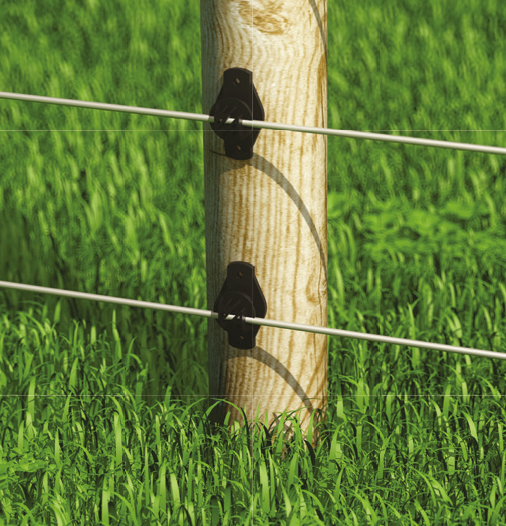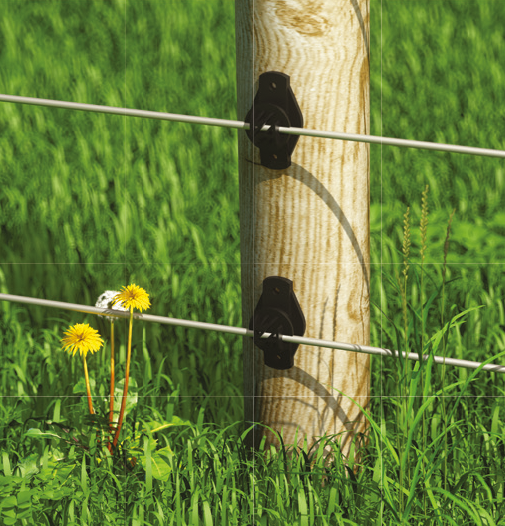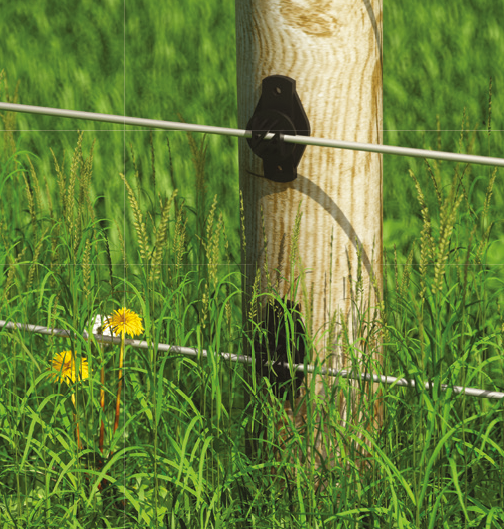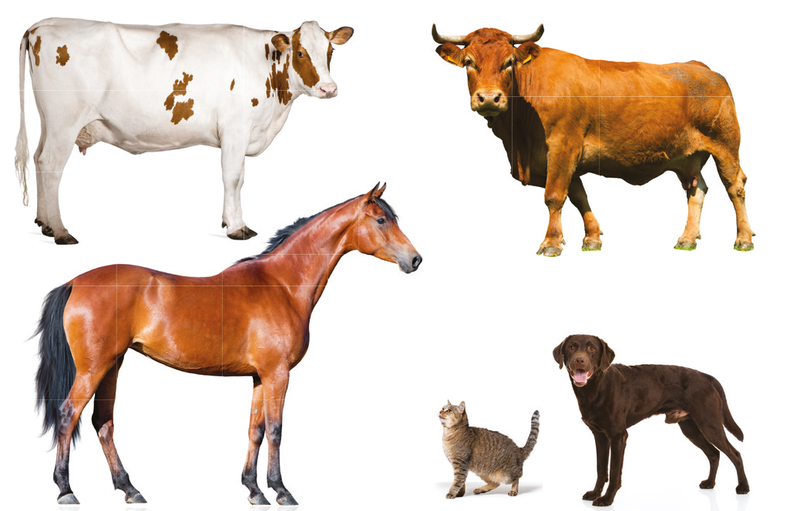What is a strong pasture fence device?
Output energy (in joules):
This is the maximum energy of a pulse supplied by the energiser to the fence. The higher the output energy, the stronger the electrical pulse to the animal, and the more easily vegetation is destroyed.
- Energisers with low pulse energy (less than 0.5 joules) are suitable for easily herded animal species and short fences with no or light grass growth.
- Energisers with medium pulse energy (1 to 5 joules) are suitable for hard-to-herd animals and especially for fences with normal grass growth.
- Energisers with high pulse energy (over 5 joules) are specially designed for long fences with heavy grass growth.
- Energisers with MaxiPuls technology provide a powerful pulse for maximum energy to the end of the fence and consistent performance in extreme fencing conditions.
Output energy = Pulse power at the fence
Charging energy = energy absorbed from the mains or battery
Impulse energy = energy delivered into the fence = impact force on the fence
Voltage under load (in volts):
International standards require that for effective animal control a voltage of at least 2000 volts must be available in a fence. In practice, we recommend a fence voltage of 3000 - 4000 volts. What is important is the voltage under load, not that which an energiser emits without a fence (in no-load operation). We make voltage specifications at a load of 500 ohms which corresponds to normal growth and/or animal contact and also under a load of 100 ohms which corresponds to heavy growth. PATURA devices are characterized by a high voltage curve especially also under load at the fence (e.g. grass growth). This aspect is crucial to ensure that even in extreme situations there is still a high deterrent effect on the animal. The PATURA digital voltmeter can simulate animal contact and measure the voltage that effectively reaches the animal. Extremely high voltages at the fence, especially without load, do not bring any advantages in terms of herding safety and have disadvantages in terms of losses, especially with poor insulation.


The right energiser for my fence
Vegetation

No vegetation - no contact between the vegetation and the fence wire

Light vegetation - the vegetation occasionally touches the fence wire

Normal vegetation - the vegetation is continuously touching the wire

Heavy vegetation - the wire runs completely in vegetation
Fence Length

Animal Type
The type of animal plays an important role in the equipment selection for your pasture fence. With animals that are difficult to control, such as wild animals, sheep, goats and fowl, powerful equipment should be used. With more easily controlled animals, such as cattle, horses, pigs and domestic animals, less powerful equipment is needed for the equivalent length of fencing.


Hard to control animals
The Power Source
• 12 volts DC from a rechargeable battery
• 12 volts DC from solar cells + battery
• 9 volts DC from non-rechargeable batteries
There are many reasons for choosing an energiser with a mains connection, should such a connection be available: the acquisition price of the energiser is relatively low, the energy costs are extremely low, and the ease of operation is very high. If there is no mains supply available, then the next best alternative is an equipment with a 12 volt battery connection. The energy costs are still justifiable, but the maintenance requirement for the recharging of the batteries is nonetheless considerable. In order to minimise this requirement – at least in the spring to autumn period – we recommend the use of solar panels, especially so with the more powerful 12 volt energisers.
The most expensive alternative for powering energisers is the use of 9 volt non-rechargeable dry batteries which also have to be disposed as special waste when exhausted. The advantage with these energisers is that they are easy to use, but their low power is a disadvantage.

Find the right electric fence quickly
With the new PATURA fence calculator, you can easily determine the device that is specifically tailored to your needs. Use the easy-to-use arrow keys (or your mouse wheel) to set the most important parameters, such as power source, animal type, fence length and vegetation thickness, and you will receive the optimal device recommendation with detailed technical information on the selected device.

